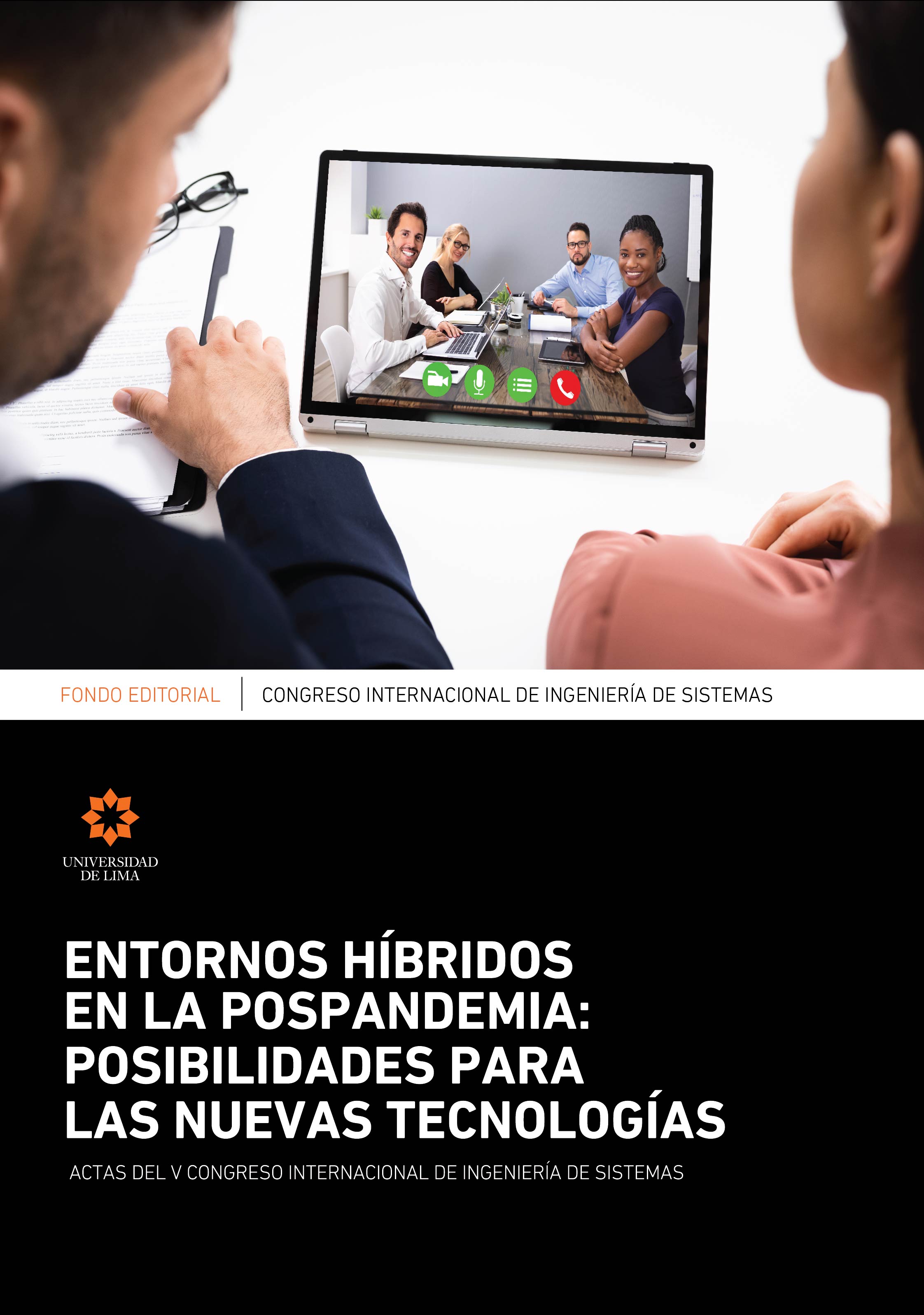Hybrid work: Is it a blessing or a curse?
DOI:
https://doi.org/10.26439/ciis2022.6066Keywords:
hybrid work, remote work, HRM, collaboration, line managers, management challengesAbstract
Enabled by new technologies and informed by the experiences during COVID pandemic, many employees would like to continue working remotely (Teevan et al., 2022), as this enhances their work-life balance and well-being (George et al., 2021). Many leaders, on the contrary, would like to see their employees back to the office (Microsoft, 2022). To address this challenge, many organisations are considering moving to the hybrid work arrangements, allowing their employees to work some days in the remote settings, but requesting them to be in the office some other days (e.g., Barerro et al., 2022). This approach is often seen as a solution that meets the interests of both employees and employers and can capture the benefits of both remote and in-office work (e.g., Choudhury et al., 2022). But does hybrid work really work?
Downloads
References
Barerro, J., Bloom, N., & Davis, S. J. (2022). Why working from home will stick. National Bureau of Economic Research (working paper 28731). https://www.nber.org/papers/w28731
Choudhury, P., Khanna, T., Makridis, C., & Schirmann, K. (2022) Is hybrid work the best of both worlds? Evidence from a field experiment. Working paper 22-063, Harvard Business School (Working paper 22-063). https://www.hbs.edu/ris/Publication%20Files/22-063_639195cc-e7b5-47d3-9281-62d192c5b916.pdf
Cristea, I. C., & Leonardi, P. M. (2019). Get noticed and die trying: Signals, sacrifice, and the production of face time in distributed work. Organization Science, 30(3): 552-572. https://doi.org/10.1287/orsc.2018.1265
Gajendran, R. S., & Harrison, D. A. (2007). The good, the bad, and the unknown about telecommuting: Meta-analysis of psychological mediators and individual consequences.
Journal of Applied Psychology, 92(6): 1524–1541. https://www.apa.org/pubs/journals/releases/apl-9261524.pdf
George, T. J., Atwater, L. E., Maneethai, D., & Madera, J. M. (2021). Supporting the productivity and wellbeing of remote workers: Lessons from COVID-19. Organizational Dynamics, 51(2), 100869. https://doi.org/10.1016/j.orgdyn.2021.100869
Golden, T. D., & Veiga, J. F. (2005). The impact of extent of telecommuting on job satisfaction: Resolving inconsistent findings. Journal of Management, 31(2): 301-318. https://doi.org/10.1177/0149206304271768
Kane, G. C., Nanda, R., Phillips, A., & Copulsky, J. (2021). Redesigning the post-pandemic workplace. MIT Sloan Management Review, 62(3), 12-14.
Microsoft (2022). Great expectations: Making hybrid work work. Work trend index: Annual report. https://www.microsoft.com/en-us/worklab/work-trend-index/great-expectations-making-hybrid-work-work
Mortensen, H. (2021, February 24). How to make hybrid workplace fair. Harvard Business Review, https://hbr.org/2021/02/making-the-hybrid-workplace-fair
Rockmann, K. W., & Pratt, M .G. (2015). Contagious offsite work and the lonely office: The unintended consequences of distributed work. Academy of Management Discoveries, 1, 150–164. https://doi.org/10.5465/amd.2014.0016
Teevan, J., Baym, N., Butler, J., Hecht, B., Jaffe, S., Nowak, K., Sellen, A., & Yang, L. (Eds.). Microsoft New Future of Work Report 2022. Microsoft Research Tech Report MSR-TR-2022-3 https://www.microsoft.com/en-us/research/uploads/prod/2022/04/Microsoft-New-Future-Of-Work-Report-2022.pdf
Zappa, P., Andreeva, T., & Dávila, G. (2022, July 7-22). Hybrid work arrangements, asymmetry in task dependence and knowledge network churn in the (post) COVID-19 workplace [Conference presentation]. 38th European Group of Organization Studies Colloquium, Vienna, Austria.


